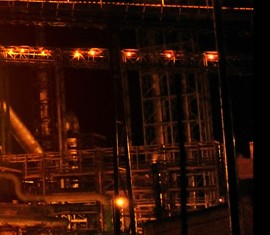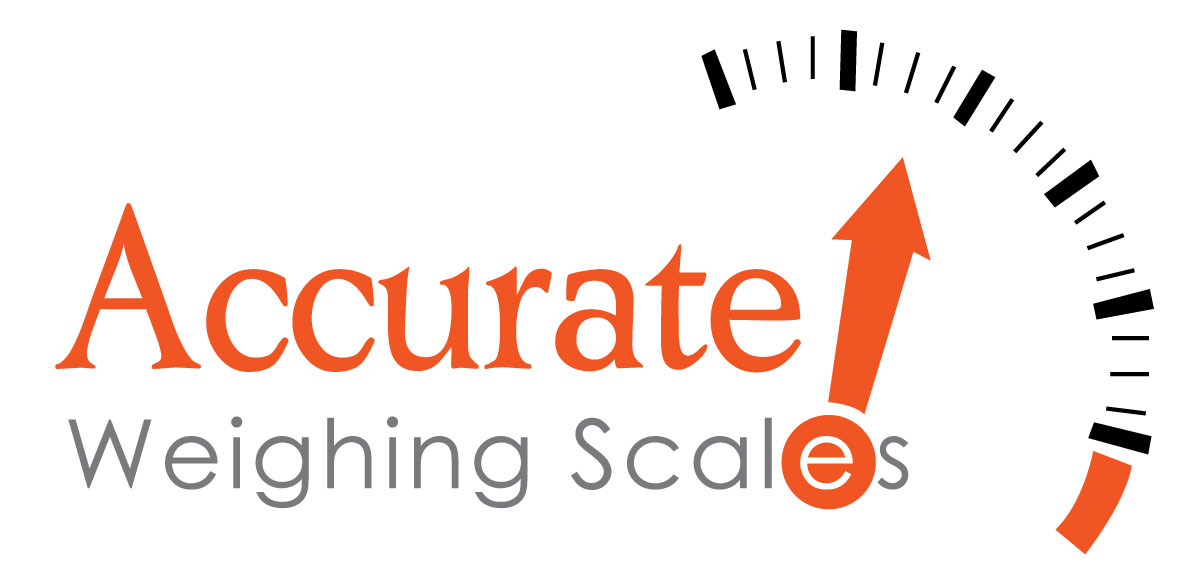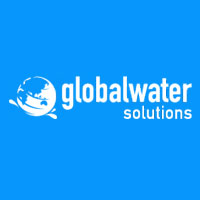Why Register?
- List Your Business
- Business Matchmaking
- WhatsApp Chat
- Personal Messaging
- Showcase Your Products

Product Pictures
KCM aims to be an over 400,000t pa finished copper producer (FY2012: 200,000 tons) in the next few years. Its mining operations are located on the Copperbelt Province of Zambia. KCM's fully integrated copper operations include some open pit mines, a large underground mine, leaching plant, a state of the art flash smelter, a modernized refinery and a sulphuric acid plant. Being one of the largest players situated on one of the highest-grade copper seams of the world is one of its most significant competitive advantages.
The mines on the Copperbelt were initially owned by Anglo American Corporation and Roan Selection Trust. However, in the early 1970s the mines were nationalised. During the subsequent 20 year period, the government's ownership of the mines was restructured several times. In 1991, Zambia became a multi-party state and the government embarked on an exercise to privatize parastatal companies, including the mining industry.
By March 2000, the privatization programme of the largest mining assets was completed. Anglo American reacquired a 51 percent stake in Konkola Copper Mines, which comprised mining operations in Chingola and Konkola, and smelting/refining operations at Nkana.
However, in September, 2002 Anglo American withdrew as shareholders of KCM, leaving a restructured company whose main shareholders were again government entities, the ZCCM-IH and ZCI. In November 2004, Vedanta Resources took a 51 percent stake to become the majority shareholder in the company. In 2008, Vedanta Resources increased its holding in the company to 79.4 per cent. Since, its original acquisition, Vedanta has invested over $2.5 billion to upgrade equipment, build new facilities and expand capacity. The investments have increased reserves and resources and increased the life of the mines by over 30 years.
Mining KCM has two operational open pit mines (COP F&D, and Cut II) and two underground mines (Nchanga and Konkola). The largest of the mine assets, Konkola, is the most northerly of the Copperbelt mines and is 26 kilometres from Chingola.
The mine has two operating shafts with a third being implemented as the Konkola Deep Mining Project (KDMP). Sinking of the No. 4 Shaft at KDMP reached its desired depth of 1,500 metres in 2012, while the KDMP mid-shaft loading was completed in April 2010. The Nchanga underground mine is comprised of the Lower Ore Body (LOB) and Upper Ore Body (UOB).
Work has started to extract copper from the more complex UOB. The two open pit mine operations exploit near surface ore bodies. The mining operations are heavily mechanized using surface drilling techniques, electric shovel loading and dump trucks. Processing The company has three operational concentrators, two at Nchanga and one at Konkola. The two Nchanga concentrators (East mill and West mill) were recently modernised.
At Konkola a new concentrator was commissioned in 2008. A new state-of-the-art flash smelter was commissioned in 2008 incorporating technology from Outotec, Finland. The smelter processes ore from Konkola, Nchanga and other third party concentrate and has a capacity of 311,000t pa. The smelter has benchmark environmental performance as it captures 99.6% of sulphur emissions. The main refinery at Nkana uses electrolysis to process copper anodes to LME A grade copper cathodes. It has been expanded to accommodate the increased anode production from the Nchanga smelter. The Nchanga Tailings Leach Plant (TLP), one of the largest of its kind in the world, processes tailings from the Nchanga concentrators and stockpiled tailings to produce copper.
The TLP extracts copper directly to cathodes from concentrate solution using electrolysis. Since inception of the mine, refractory ore from the copper production process was surface stockpiled.
KCM has now developed a process to extract copper from this refractory ore stockpile. The company also produces several by-products. Sulphuric acid is produced from the smelting process, which is largely consumed in the electro-refining process with the balance sold to third parties. The new Nchanga smelter also has the capability to recover cobalt from copper concentrates. The company believes this is the only smelter in the world with this capability. The cobalt which comes in the form of a copper-cobalt alloy is sold to markets mainly in Asia.
A final by-product of the refinery process is slime, which is also exported. Corporate Information KCM is an important stakeholder in the Zambian economy. It directly employs 8,671 employees and indirectly contracts some 13,087 other employees. The state controlled mining company ZCCM-IH is the second largest shareholder, controlling a 20.6 percent stake in the company. Being the largest private employer in the country the company enjoys a strong relationship with the Zambian government and is a committed partner in improving the economic prospects of the country through the various programmes. The company operates two hospitals and eight satellite clinics. KCM also runs two schools with over 1,900 pupils. It has one of the largest malaria roll-back programmes in Zambia. The company has rolled-out several community health initiatives that include the distribution of 23,000 free eye glasses, the fitting of artificial limbs and undertaking eye cataract operations.
KCM is also involved in the sponsorship of four football teams in the top Zambian soccer league. KCM is committed to development of the local communities through various income generating projects. The company has also contributed to various infrastructure development initiatives including the development of road infrastructure and construction of boreholes for local communities.





























